This isn’t a political weblog. This isn’t an economics weblog, though I do sometimes benefit from the matter. This isn’t a enterprise weblog. However it is a clothes weblog, and this matter has turn into extremely necessary to the clothes trade.
In some other world, this might be probably the most boring title you have ever seen. Man, no one would click on on this text, not even the stodgiest economics professor.
However right here we’re. I do know a fairly just a few companies making clothes in the US of America. I do know just a few extra companies meaningfully primarily based within the US. These are ostensibly the beneficiaries of the coverage, the folks the administration claims it’s attempting to assist. And lots of of them have been very desirous to touch upon the subject of what tariffs meant to them.
Final week, Andrew Chen of 3sixteen posted a reel to Instagram giving us some insights into how these tariffs are prone to have an effect on his enterprise. 3sixteen However I needed to dig deeper. I made a decision to ask him and some others about how tariffs would have an effect on their companies.
Along with Andrew, I reached out to George Vlagos of Oak Street Bootmakers (a model that makes all of its merchandise within the US), Mike McLachlan of Manresa (a model that was already within the means of transferring manufacturing to the US earlier than the tariffs), and Brian Davis of Wooden Sleepers (a curated classic model primarily based within the US). Let’s have a look at what they needed to say.
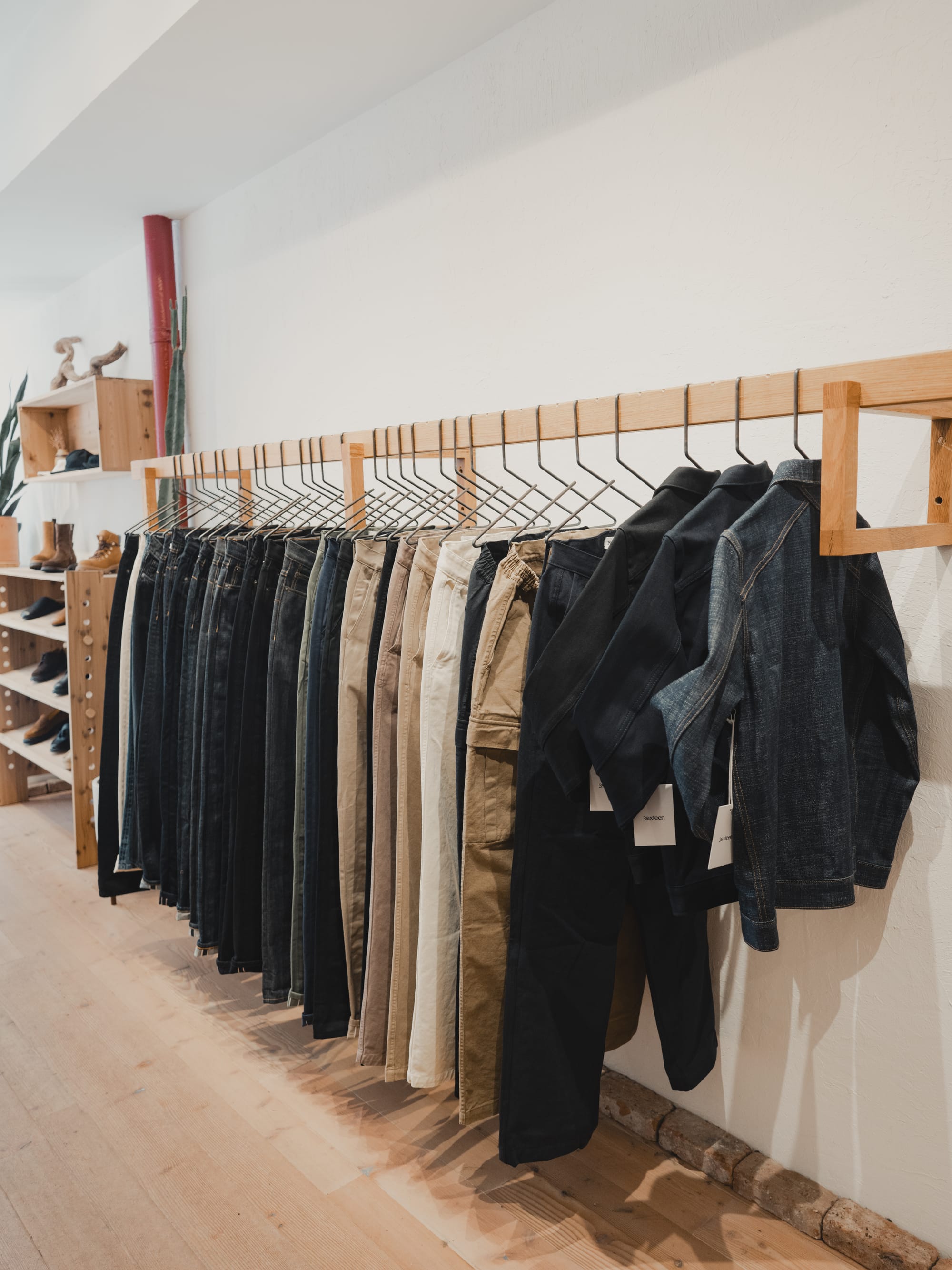
Whereas a few of the males I spoke with have been reluctant to foretell the longer term, no one was feeling optimistic.
As we noticed within the unique reel, 3sixteen makes its denims and trucker jackets within the US, from denim made largely at Kuroki Mills in Japan. Different materials and merchandise they provide are made overseas, as properly, however the denim is what they’re recognized for.
So their prices are going up. However does their capability for US manufacturing give them a possible aggressive benefit or related alternative? Nicely, that is not likely how Andrew is considering it.
We actually have some measure of benefit over manufacturers that solely import items in, however the street forward can be tough for all. It’s so exhausting to make one thing begin to end domestically. Even should you make a shirt within the US with cloth that’s woven within the US, are your trims made right here? Thread? Hangtags and polybags? What occurs when cotton costs go up and your mill has to pay larger prices to convey it into America? We empathize with each model that has to navigate these new challenges.
These challenges appear to outweigh any hypothetical aggressive benefit that could be on the horizon. And as we see afterward, the challenges lengthen previous sourcing elements.
George, the truth is, would not even consider Oak Road Bootmakers as competing with different manufacturers: “We’re a small firm, so we don’t really feel like we’re competing with anybody and want a bonus over them. In truth, we discover a camaraderie with each American producer. We wish to see all of them succeed. That is the one manner that American manufacturing can survive.”
Oak Road Bootmakers sources most elements from the US, however they do import some from the UK and Canada. This portion will not be massive, however it’s nonetheless impactful: “Whereas these elements account for a comparatively modest quantity of our vary, our margins are extremely skinny, so there absolutely can be some have an effect on to our backside line.”
Mike appeared most pessimistic: “every little thing can be dearer.” however we’ll come again to that quote later.
Lastly, Though Picket Sleepers is primarily a classic reseller, they do produce some personal label objects—tee shirts, hats, tote luggage—which can be value mentioning. “[M]y desire has at all times been MIUSA. … We’ve a used blanks made in different international locations, however that’s case by case – often extra of a provide problem than the rest.” The classic enterprise would possibly do higher, however not for any motive that tariff advocates needs to be celebrating: “classic and secondhand clothes is extra well-liked than ever. When retail costs go up, folks might flip to the secondhand market in larger numbers. Will that be good for my enterprise particularly? Onerous to inform.” Nice. Greenback shops, secondhand retailers, and predatory mortgage companies would possibly all begin doing higher, if we’re fortunate.
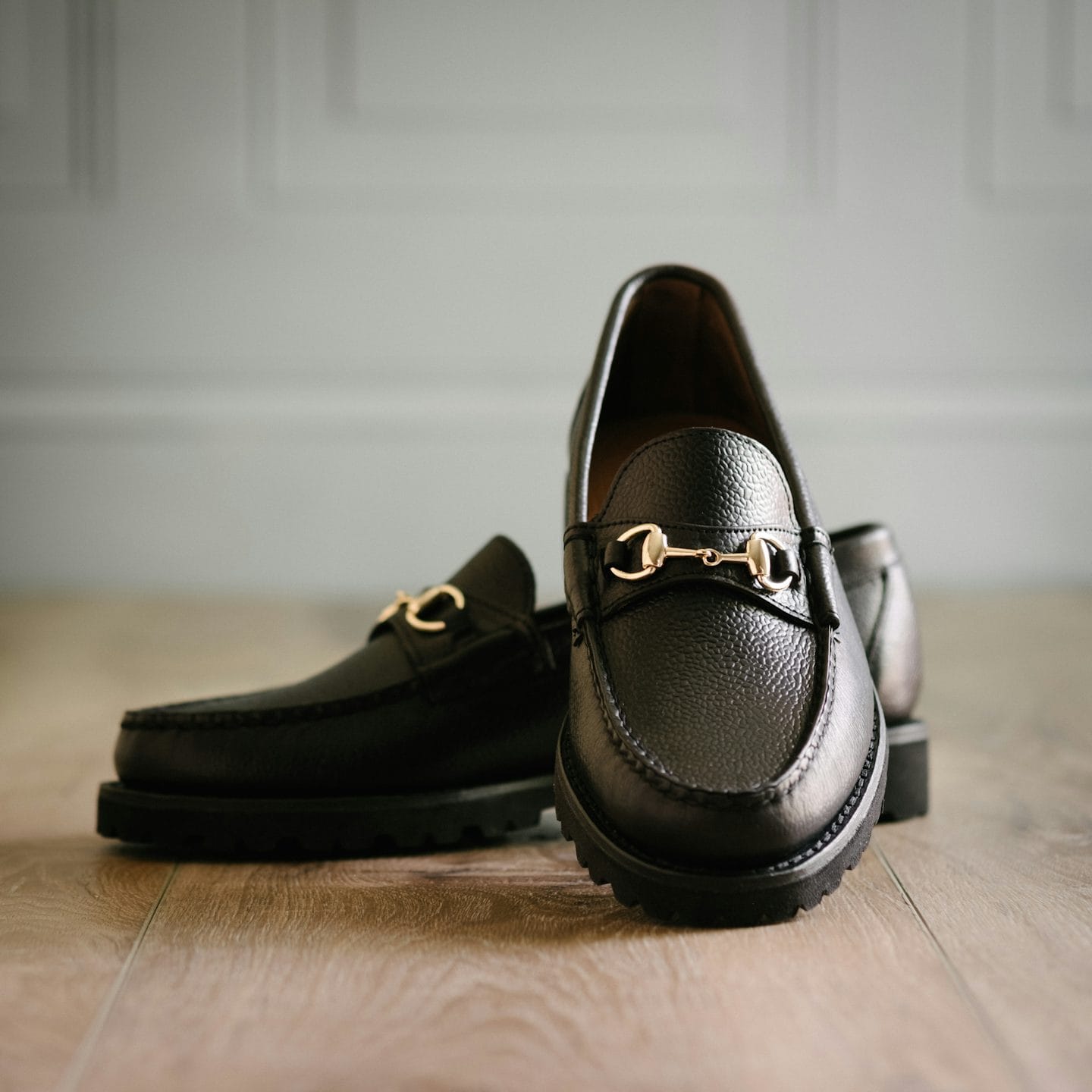
Brief reply: not likely.
Andrew talked about the autumn of Cone Mills’ “White Oak” manufacturing facility in 2017. Whereas there are nonetheless some small mills making selvedge denim within the US, they weren’t capable of finding and supply the material they needed. “Each model has a perspective on how they wish to make their clothes, and for us – we might make denims with US cloth nevertheless it doesn’t have the look, hand really feel, and growing older that we’re particularly on the lookout for.” So the oldsters at have denim custom-made in Japan, by mills like Kuroki that perceive what they are going for.
3sixteen does make different merchandise, in fact. “We’re creating some fleece and jersey within the US simply as a backup possibility, however our prospects come to us for our flagship materials that we developed virtually a decade in the past in Canada; it is not going to be straightforward to interchange them.” However they’re, at first, a denim model, and Andrew believes the Japanese denim is irreplaceable.
Since Oak Road Bootmakers makes use of fewer overseas elements, George’s response is easier: “[W]e use the perfect elements out there for any given fashion. For almost all our kinds, this implies virtually all US elements. Whereas the tariffs could make our margins thinner for the few Canadian and British elements we use, we are going to proceed to supply our merchandise at the perfect value we will.” They do not use American elements due to some grand romantic nationalism; they typically use them as a result of they’re the perfect, and since high quality management is simpler nearer to residence. They won’t comprimise.
If overseas elements are typically superior or irreplaceable, home manufacturing could not solely be dearer, however an unacceptable compromise in high quality. However that final result can be preferable over Mike’s prediction:
American factories often concentrate on one factor. Tops, bottoms, cut-and-sew knits like tees and hoodies, absolutely customary knits, and so forth. And on high of that, they solely need massive orders to maximise effieciency. For a small model, it is virtually unattainable to work with any of them. They usually will not even reply to an inquiry until you wish to make tons of of models of 1 fashion.
Because the demand for american manufacturing, textiles, and provides goes up, it is going to be tougher for me to get my fingers on mainly something. Bigger manufacturers will absorb all the perfect textiles and I will be left with scraps as there simply aren’t sufficient mills to supply at a excessive degree right here. … Constructing new mills, and new looms, and coaching a technology of younger individuals who have by no means labored within the trade (and who in all probability do not wish to) will take years, perhaps even many years, and by then most small producers like me can be out of enterprise. This can be a win for the massive guys, who had the cash to make issues right here each time they needed anyway, and selected to not for elevated income.
To simplify: no matter good cloth can be made within the U.S. can be snatched up by massive manufacturers who can purchase at scale; no matter present factories can produce first rate clothes can be taken. These large firms may have pole place and finally go away small manufacturers unable to compete. And that harm will final.

That is the place Brian is worried. Picket sleepers does promote to overseas consumers, however previous retaliatory tariffs towards the US have gotten in the best way of that. “[C]ustomers from sure international locations having to pay exorbitant {custom} charges to assert their orders. Usually, orders can be deserted as a result of prospects didn’t wish to pay the price.” He is afraid that widespread tariffs would possibly discourage consumers.
To make clear, though the White Home has referred to the US tariffs as “retaliatory,” there’s little reality to this. It appears, moderately, that the tariff rates set are a crude calculation based purely on trade deficit, with a flooring of 10% even for international locations with a commerce surplus. The White Home affords a fancy-looking method, primarily based in no financial concept, and erases half its personal method by doing issues like setting one flat charge for elasticity of demand throughout all imports. Elasticity of demand could be very related to how tariff prices can be distributed between shoppers, importers, and exporters, however as a substitute of contemplating it significantly, the White Home simply stated “it is 4” and moved on.
The purpose right here being that, for the reason that tariffs are not retaliatory, they could—which is to say, they may, and have already got—set off retaliatory tariffs of their very own from different nations. And naturally, that is related to different companies as properly.
“[W]e have had just a few Canadian retailers cancel parts of their SS25 orders resulting from uncertainties with tariffs,” says Andrew. 3sixteen has stockists throughout, however that may not final for lengthy. “We’ll virtually actually face canceled orders in FW25 if the state of affairs doesn’t change.”
The problem is considerably completely different for Oak Road Bootmakers: they promote on to worldwide shoppers, and provide free worldwide transport on each order. “However, this additionally means our abroad gross sales are considerably much less worthwhile for us.” They even settle for a loss on some orders in distant locations in an effort to attain a wider viewers. “At the least at this stage in our growth as an organization, there’s large worth in with the ability to type new buyer relationships wherever there are prospects.” Nonetheless, overseas tariffs could improve these prices dramatically; solely time will inform.
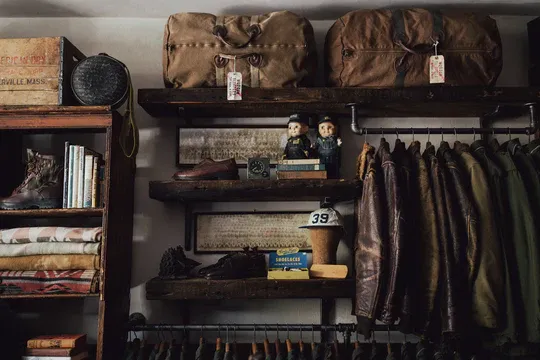
“Nope,” says Mike. “Every thing can be dearer. And the worth won’t ever come again down. (emphasis added) The purpose of the free market is competitors. Competitors breeds higher high quality and costs over time.” I am sorry, I should not need to innundate you with Econ 101, however right here we’re. “These tariffs solely incentivize massive companies coming right here and doing mediocre work as they now not need to compete with globally made product.” This jogs my memory of the Fashion Nova sweatshops within the US.
Establishing the kind of change we would wish to see will take many years, will take funding, will take extra work than most individuals count on. It takes time to develop provide chains, dependable cloth mills, and extra. Traders must belief within the stability of the nations the place they construct factories. Whether or not the tariffs take impact in 30 days or 90, they won’t result in high quality manufacturing within the USA. It is merely not sufficient time.
And even when the tariffs are known as off quickly, the harm could already be finished. Andrew seen this drawback prior to now: “different international locations are establishing free commerce agreements to fight the difficulties they’re at the moment dealing with with the US. The EU-Japan free commerce settlement that took impact in 2019 is a good instance of that, and it brought about us to lose enterprise in a area (EU) that we labored exhausting to construct for over a decade.”
Regardless of some debate we have seen about whether or not the tariffs are short-term negotiating instruments or a brand new world order of isolationism, it appears that evidently the latter is inevitable. The channels of commerce have already been rattled by the unpredictability of our coverage; the transfer from 30 to 90 days could look like soem reprieve, nevertheless it exhibits how haphazardly the inital coverage was strewn collectively; or, worse, how the administration is manipulating markets for personal gain. For all these causes, intensive commerce coverage like that is meant to undergo congress, which strikes extra slowly and considers long-term implications. A Supreme Court docket ruling on the legality of those tariffs is probably going, however but once more, the harm is already finished.
As Mike says, “That is chaotic, poorly deliberate and damaging to the native and international economic system.” Chaos is dangerous for enterprise, full cease.
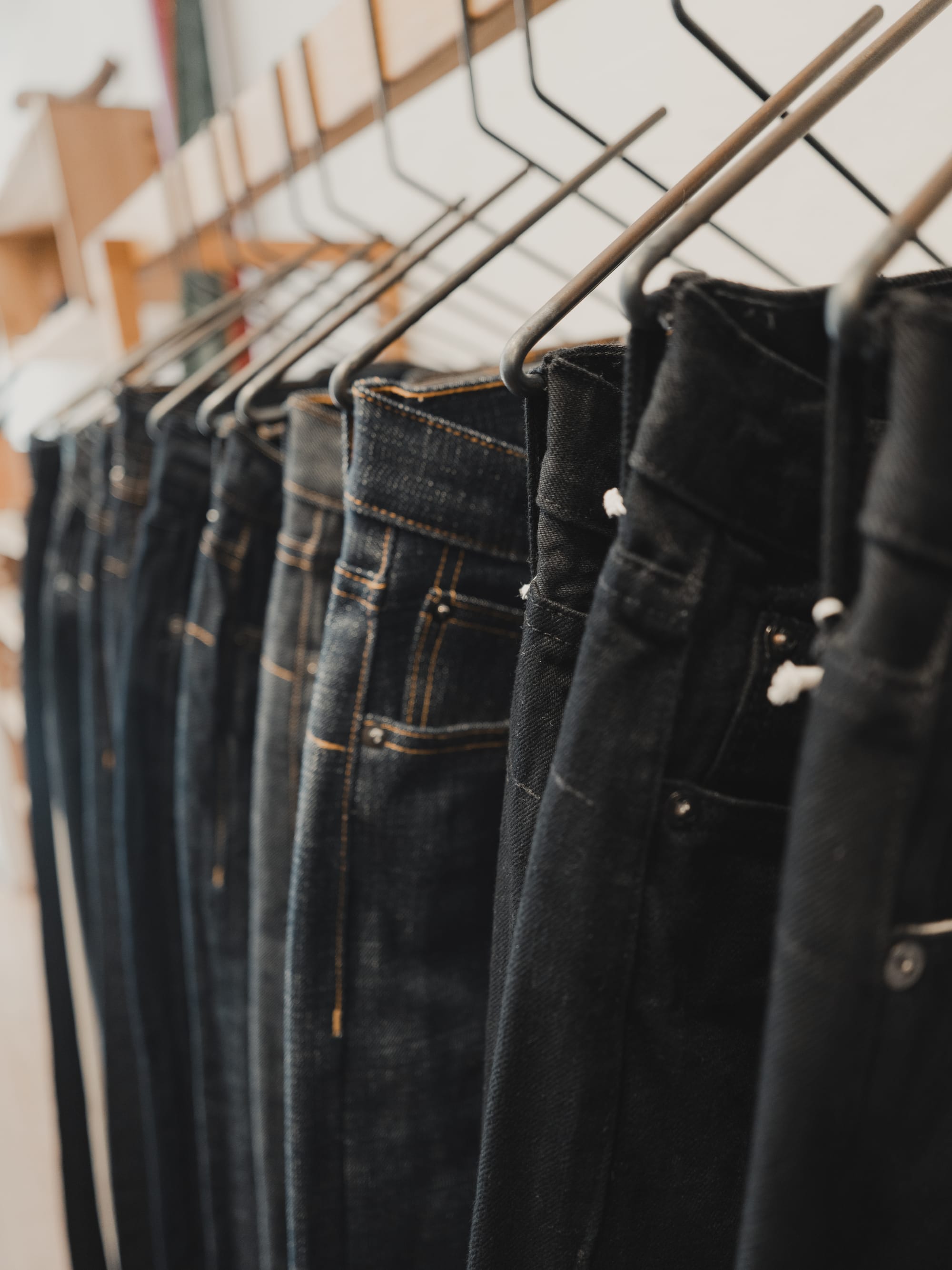
Nicely, initially, they’ll cease making issues worse Mike factors out. “Only a week earlier than releasing the tariff checklist, … the present administration revived an outdated price on small enterprise loans that can take cash proper again out of the pocket of individuals attempting to … improve their manufacturing right here.” Equally, we will have a look at the harm finished to the wool fund; many presidents have worn Greenfield fits, however now, cloth can be tougher than ever to supply.
However they’ll do extra. “If you need manufacturing to come back again to America, it’s good to incentivize manufacturing in America by slicing taxes for firms who convey manufacturing again residence, after which really plan for the long run rebuild of our infrastructure.” Lengthy-term planning? Definitely, that is wishful considering.
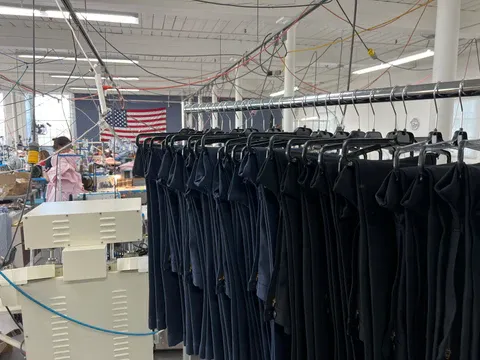
Regardless of claims that that is “quick time period ache,” or that it’s going to assist American manufacturing, these chaotic coverage shifts solely serve to wreck American companies. We have seen a whole lot of feedback on the harm finished to the inventory market, however I felt we would have liked to focus on small and medium-sized companies making nice merchandise. I’ve highlighted just a few extra beneath. However I’ll go away you with Brian’s phrases, which I feel ought to assist us get by.
I’ve at all times felt strongly that protecting {dollars} in your group and supporting small companies the place you may is the best way to go. Smaller manufacturers and retailers are going to wish your assist greater than ever. Each greenback counts, so I hope folks can proceed to assist small enterprise in a manner that is sensible to them, even when costs go up.
Only a few manufacturers that I feel make nice clothes right here within the USA. Not that I feel there’s something fallacious with Canadian footwear…
CLothing
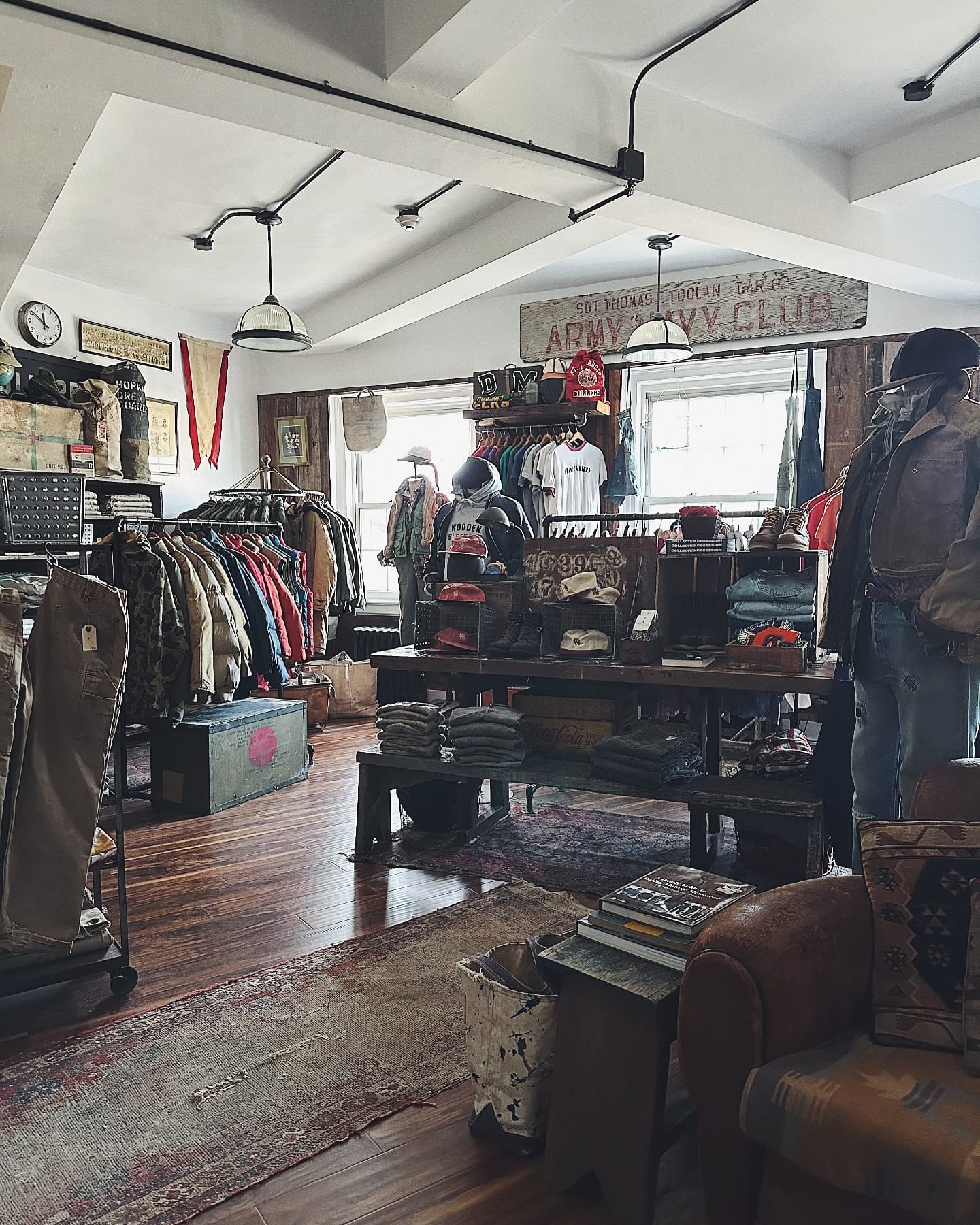
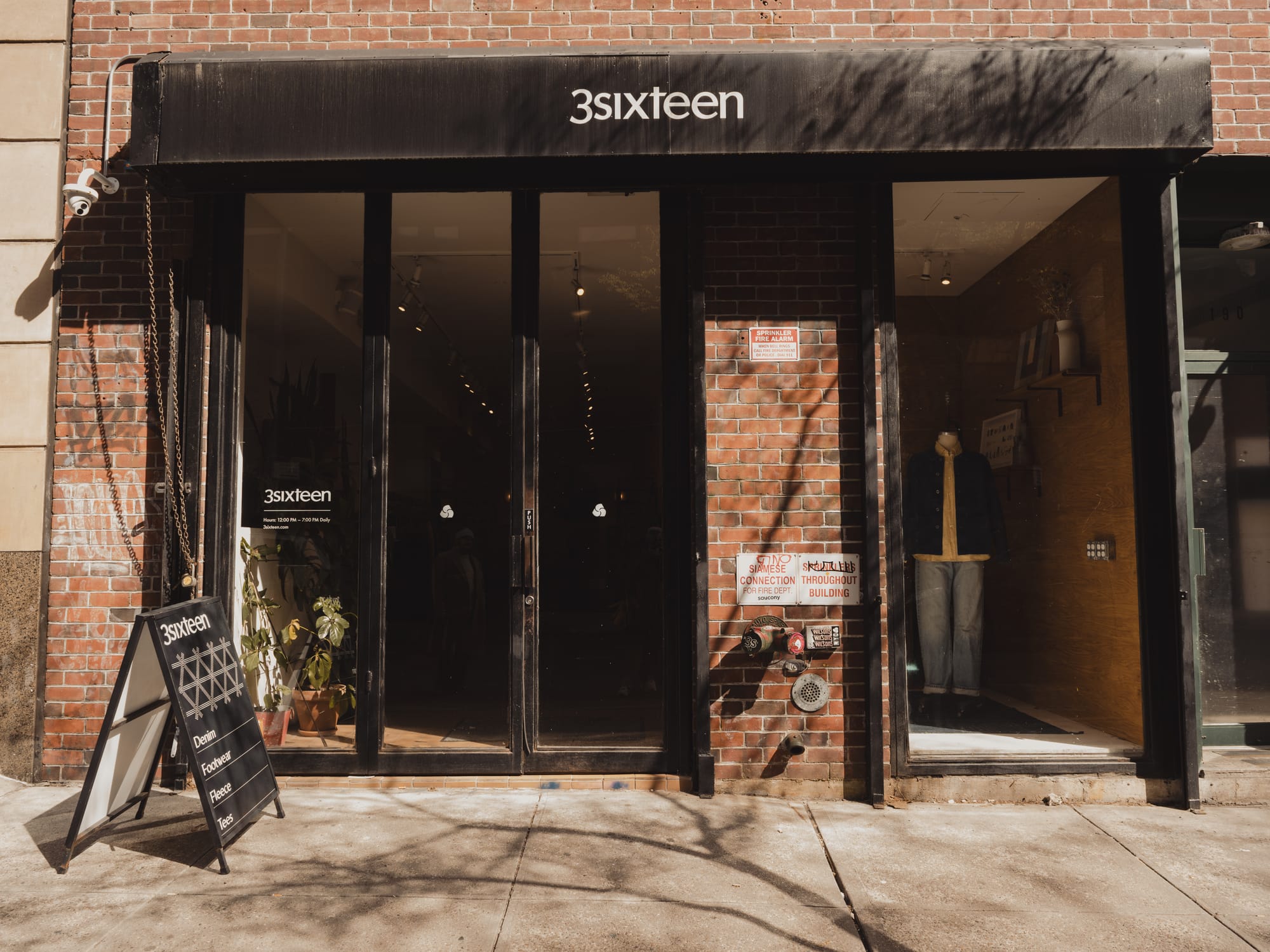
Trending Merchandise










